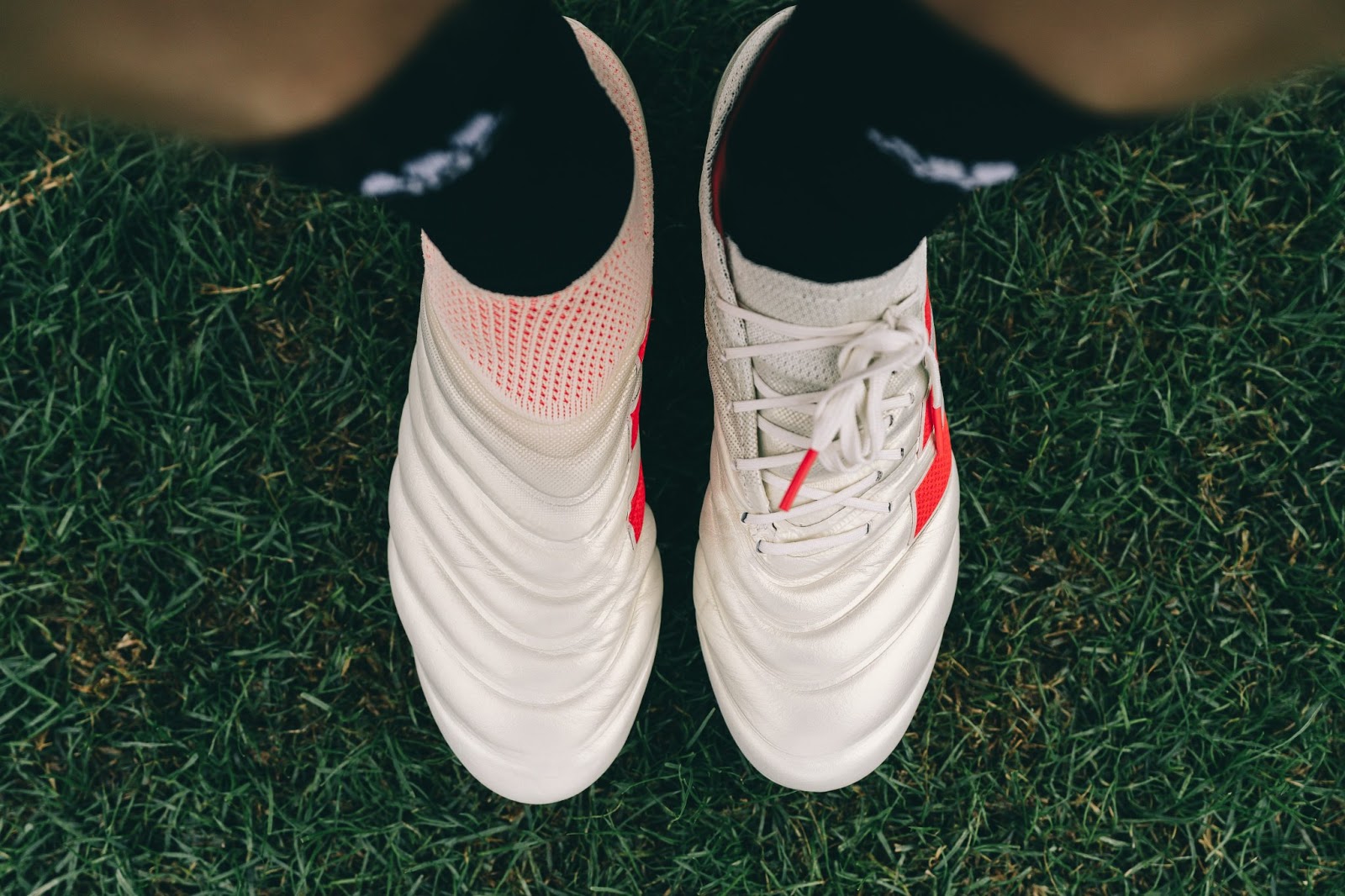Footwear Sizing, Pricing & Quality

It comes to no surprise that footwear choices can come down to prices and quality, this is relevant in the soccer/football world as well. Footwear is an essential requirement to play this sport on commonly used surfaces such as grass, it helps tremendously in gripping the surface when changing direction and protecting the foot from the elements and other contact.
In this blog we are going to explain the variety of models and categories available as well as the pricing and quality of each. Before we get into this topic, I strongly suggest reading prior blogs that break down the different tiers from each brand and the different silos from each brand. Sizing and pricing will be based on the North American markets, with pricing not always being product specific.
Sizing & Pricing

There’s many categories and subcategories to soccer footwear, starting with the age & sizing, the surface played on, and then it gets broken down into brands and silos. Each brand sets their own suggested retail prices, the discounts afterwards are decided by the retailer or suggested by the brands. When discussing the major split in pricing, it comes between youth & adult footwear sizes. Youth sizes in North America tend to begin at 7k and rise in half sizes until 13k, then jump to 1Y and rise in half sizes until 6Y. 7k being the smallest size available to the public in North American markets. As for Adult sizes, they start off where kids leave off, at 6.5 and then rise by half sizes until about 15. To be clear, there are adult models available in smaller sizes such as 4 until 6, however these are usually for specific models only. There no longer is a woman specific category, as females wear either youth or adult just as males do. Their sizing however is different from youth & adult sizing and is on it's own chart completely.
So what is the difference between Youth and Adult models? The number one reason is material, whether it's quantity or quality. Generally the mold on which youth is built on is smaller, and at times the quality of the materials used isn’t as premium in the youth category as it is in adult. Technology implemented on adult sizes is often not carried on youth models either. For these reasons, the price of youth models is generally lower than adult models, whether that be top tier or low tier models for grass or indoor.

When discussing youth models, top tier models are offered by most brands. Nike does at times offer their Elite models for youth but the Pro model is more readily available in North America for youth, same goes for Puma with their .1 models. Adidas offers not only their .1 models but also their laceless + models for youth at higher price points. Generally speaking the most expensive available for youth are the laceless Adidas models at about $210 CAD / $150 USD. The lowest priced models vary only by a few dollars between brands, generally they retail originally around $45 CAD / $30 USD.
As for adult models, all tiers are available and offered publicly. Adidas again tops the list of available public releases with their premium laceless + models. These laceless models retail at $350 CAD / $275 USD. The lowest once again vary only by a few dollars between brands but generally range around $75 CAD / $60 USD. These prices are ranges and averages to give everyone an idea what to expect. They are original market suggested retail prices, not discounted prices.

The big looming question now is: Why does one model cost more than another? The answer once again comes down to material, specifically in quantity and quality. Adult footwear will have more material and technology, and often better quality of both. The difference between shoes of the same size falls directly on the tier of the model, the material quality, the technology incorporated and the value estimated by the manufacturer. Between brands, the prices of identical tiers may vary, and that is due to marketing and tactics. Puma for example offers quality top tier footwear on par with Adidas and Nike, but often prices it lower.
Different tiers are offered to satisfy all consumers, each tier has a different price but often is visually similar to the other tiers. Example, an Adidas Copa Sense.1 and Copa Sense.3 from the same color pack may look similar, but the price & quality are very different. The leather and plastics on one model is higher quality than the other and a lot less marketing, research and development went into the lower tier model.
Quality & Durability

A final and often asked question is whether or not price equals quality. The factual response is that yes, a higher tier model that is priced higher is made from better quality materials. Does this make someone a better player? That is commonly up for discussion, but the general response is no. Does better quality mean better durability? That isn’t generally the case, especially nowadays where top tier models are all about being thin and light. The materials are more susceptible to heat , friction and impact compared to possibly thicker materials found on lower tier models.




